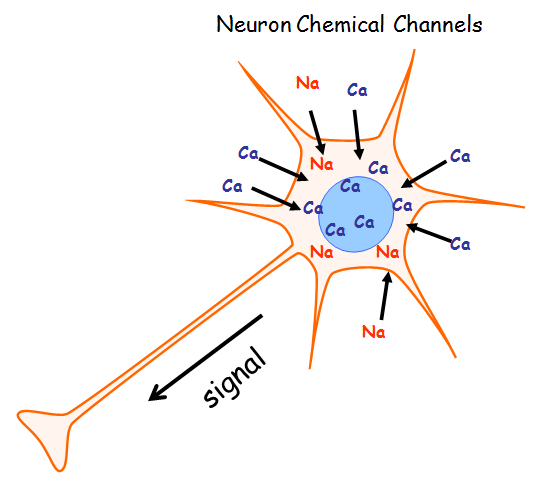(Total Views: 1004)
Posted On: 03/06/2019 11:08:05 PM
Post# of 2146
Elite’s Isradipine is a calcium channel blocker approved for the treatment of high blood pressure and is currently being tested as a disease-modifying drug for Parkinson’s Disease.
There is solid scientific basis as well as preclinical and epidemiological data that isradipine has the potential to prevent development of parkinsonian signs.
Positive results from a Phase II study have provided support for a Phase III trial, STEADY-PD III, a major step toward a novel treatment to slow the progression of PD.
A lack of healthy dopamine neurons in the brain is the major cause of the motor symptoms of Parkinson disease (PD).
Dopaminergic nerve cells are unique in the brain because they have their own pacemaking rhythms.
These special rhythm changes are being driven by the chemical channels that are either sodium or calcium.
Calcium is more energy demanding and with age, these neurons increasingly rely on calcium channels.
What is the science behind it? The neuron cells’ reliance on calcium to drive this activity creates a lot of ‘wear and tear’ on dopamine neurons-aging them more rapidly than other neurons and making them vulnerable.
Calcium channel blockers (class of drugs frequently used to treat high blood pressure), have possible neuroprotective effects that can slow or stop Parkinson’s progression.
Population studies have shown that current long-term use of calcium channel blockers has been associated with a significantly reduced risk of Parkinson disease.
STEADY-PD III (isradipine) clinical trial results will be released at the 2019 American Academy of Neurology meeting in Philadephia on the 4th-10th May, 2019.
https://scienceofparkinsons.com/2019/02/28/fe...more-52900

There is solid scientific basis as well as preclinical and epidemiological data that isradipine has the potential to prevent development of parkinsonian signs.
Positive results from a Phase II study have provided support for a Phase III trial, STEADY-PD III, a major step toward a novel treatment to slow the progression of PD.
A lack of healthy dopamine neurons in the brain is the major cause of the motor symptoms of Parkinson disease (PD).
Dopaminergic nerve cells are unique in the brain because they have their own pacemaking rhythms.
These special rhythm changes are being driven by the chemical channels that are either sodium or calcium.
Calcium is more energy demanding and with age, these neurons increasingly rely on calcium channels.
What is the science behind it? The neuron cells’ reliance on calcium to drive this activity creates a lot of ‘wear and tear’ on dopamine neurons-aging them more rapidly than other neurons and making them vulnerable.
Calcium channel blockers (class of drugs frequently used to treat high blood pressure), have possible neuroprotective effects that can slow or stop Parkinson’s progression.
Population studies have shown that current long-term use of calcium channel blockers has been associated with a significantly reduced risk of Parkinson disease.
STEADY-PD III (isradipine) clinical trial results will be released at the 2019 American Academy of Neurology meeting in Philadephia on the 4th-10th May, 2019.
https://scienceofparkinsons.com/2019/02/28/fe...more-52900

